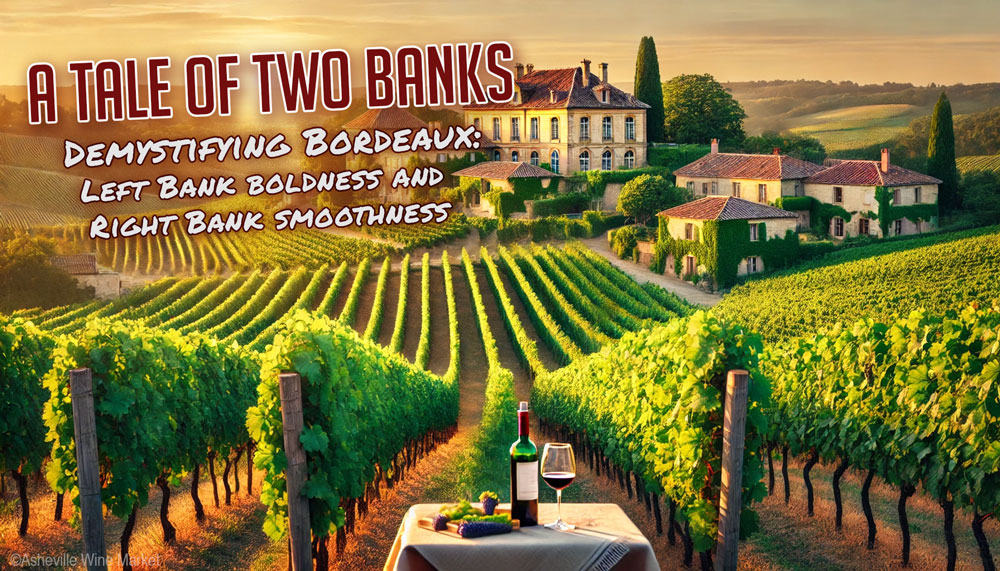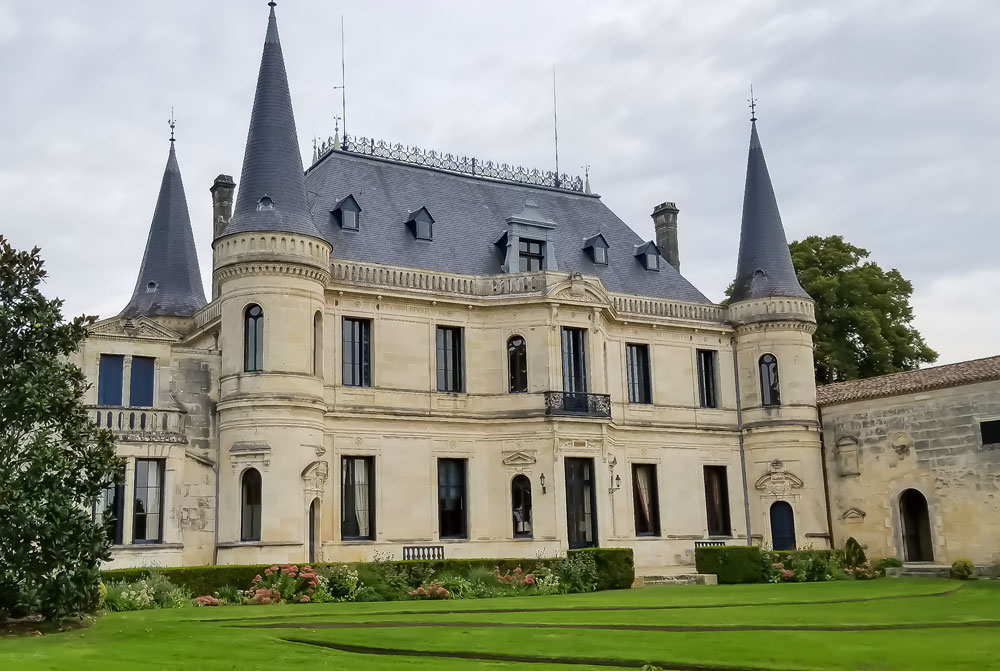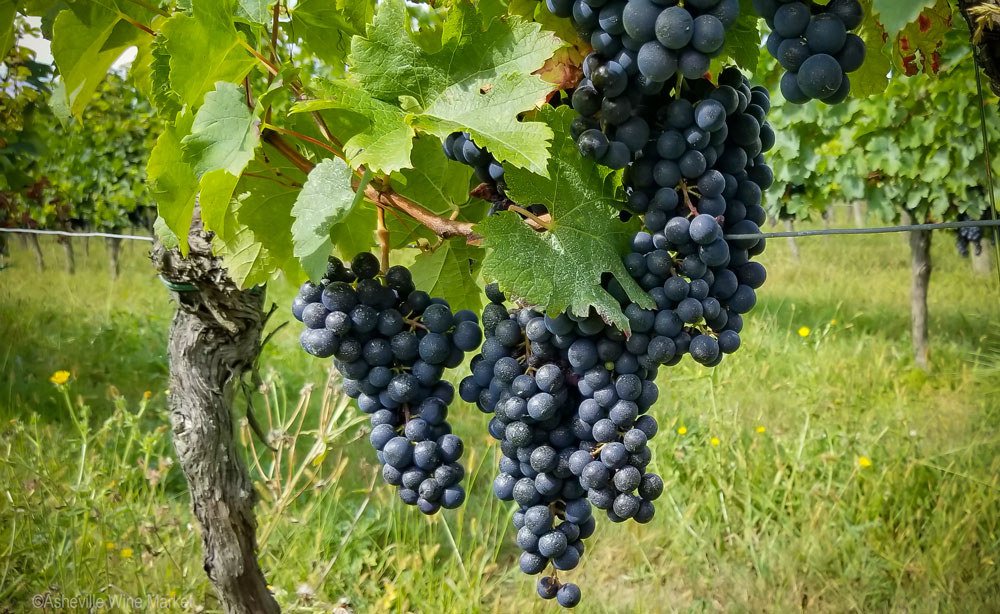
Over the years, my travels in France have always included a stop in Bordeaux. In addition to the requisite visits to vignerons and vineyards, the city itself is one of my favorite European destinations. With its vibrant culinary scene and rich history, Bordeaux is a mecca for wine and food lovers.
If you ask a dozen wine lovers about Bordeaux, you’re likely to get a dozen different opinions. Some will rave in reverent tones about the region’s venerable estates. Others might argue it’s overpriced and the fodder of stuffy wine aficionados, noting that they prefer the more affable and affordable approaches of New World wine regions. Others may love the area’s rich history and the beauty of its vineyards along the river, while some find its complex classification system a bit overwhelming.
Opinions aside, one universal axiom is crystal clear: when it comes to the wines of Bordeaux, everyone loves them once they are in the glass!.

Located in southwestern France on the Atlantic coast, Bordeaux has a long and storied history of producing outstanding wines. Although the region’s famously pricey chateaux may initially come to mind, Bordeaux is, more importantly, home to a nearly endless number of small independent estates that produce remarkably affordable and accessible wines.
These small, family-owned vineyards are often neighbors to a famously expensive property, quietly sharing the same exclusive terroir. Although they operate on a much smaller scale, these independent vignerons craft wines with the same (and quite often more) love and integrity as their famous counterparts. For me, this is the sweet spot where quality, tradition, and affordability all come together.
Bordeaux is uniquely situated at the confluence of the Garonne and Dordogne Rivers, merging there to form the Gironde estuary. This strategic location is key to the region’s diverse terroir; however, it also cemented Bordeaux’s role as a vital shipping hub. Thanks to this fortuitous location, Bordeaux quickly emerged as one of Europe’s most important centers of wine production and commerce.
The vinous history of Bordeaux is inextricably intertwined with international influence, most notably by the British. When Eleanor of Aquitaine married King Henry II in the 12th century, Bordeaux came under English control. The Brits took an immediate liking to the red wines from Bordeaux, nicknaming their new favorite adult beverage “claret.” It became a staple tipple in England, and this new connection across the Channel was the first step in establishing Bordeaux’s global popularity..

Fast forward to today, and a new generation of independent vignerons is breathing new life into Bordeaux’s storied vineyards. Young winemakers are returning to family estates or snapping up vineyard properties, infusing the region with fresh energy and innovative ideas. At a minimum, most embrace sustainable farming practices, and many adopt full-on organic viticulture methods. Some pursue official organic certification, while others farm organically while side-stepping the bureaucratic formalities and expense of official certification.
This wave of enthusiasm is evident in the wines they’re producing. Each bottle is a tip of the hat to Bordeaux’s heritage and tradition while pushing the boundaries of what’s possible with the latest methods and equipment. It’s an exciting time to explore and enjoy Bordeaux as these passionate vignerons continue to reshape the region.
Understanding the wines of Bordeaux wines becomes surprisingly easy once you learn the difference between the Left and Right Bank regions, separated by the Gironde estuary. The Left Bank is home to the most famous names and famous regions. Places like Médoc, Margaux, Graves, and names like Rothschild, Latour, and Haut Brion, are known for wines dominated by Cabernet Sauvignon. Many of these rich and robust reds are fully structured, having a remarkable ability to age gracefully in the bottle.
On the Right Bank, regions like Saint-Émilion and Pomerol focus on Merlot-dominant blends. These Merlot-driven wines tend to be soft, generous, and more approachable in their youth, featuring lush fruit flavors and a velvety texture. While some are very age-worthy, they generally don’t have the cellar legs of their Left Bank counterparts.
This handy cheat sheet to the Left Bank and Right Bank differences arms you with all the insight you need to pick the perfect Bordeaux from a restaurant list or bottle shop. Just ask for a Left Bank Bordeaux if you prefer the bold intensity of Cabernet Sauvignon and ask for a Right Bank Bordeaux if you love the supple smoothness of Merlot.

As the holiday season approaches, there’s no better time to bring Bordeaux wines to your table. Their versatility makes them perfect companions for festive feasts and casual gatherings. Left Bank reds, with their depth and complexity, pair perfectly with steaks, roast beef, or lamb. The fruit-forward charm and softer tannins of a Right Bank red are superb companions for turkey, duck, or pork tenderloin.
Without a doubt, there’s a perfect Bordeaux for every palate and pairing. Next time you stop in, ask us for a Left Bank or Right Bank Bordeaux — or a quick refresher on the differences!
